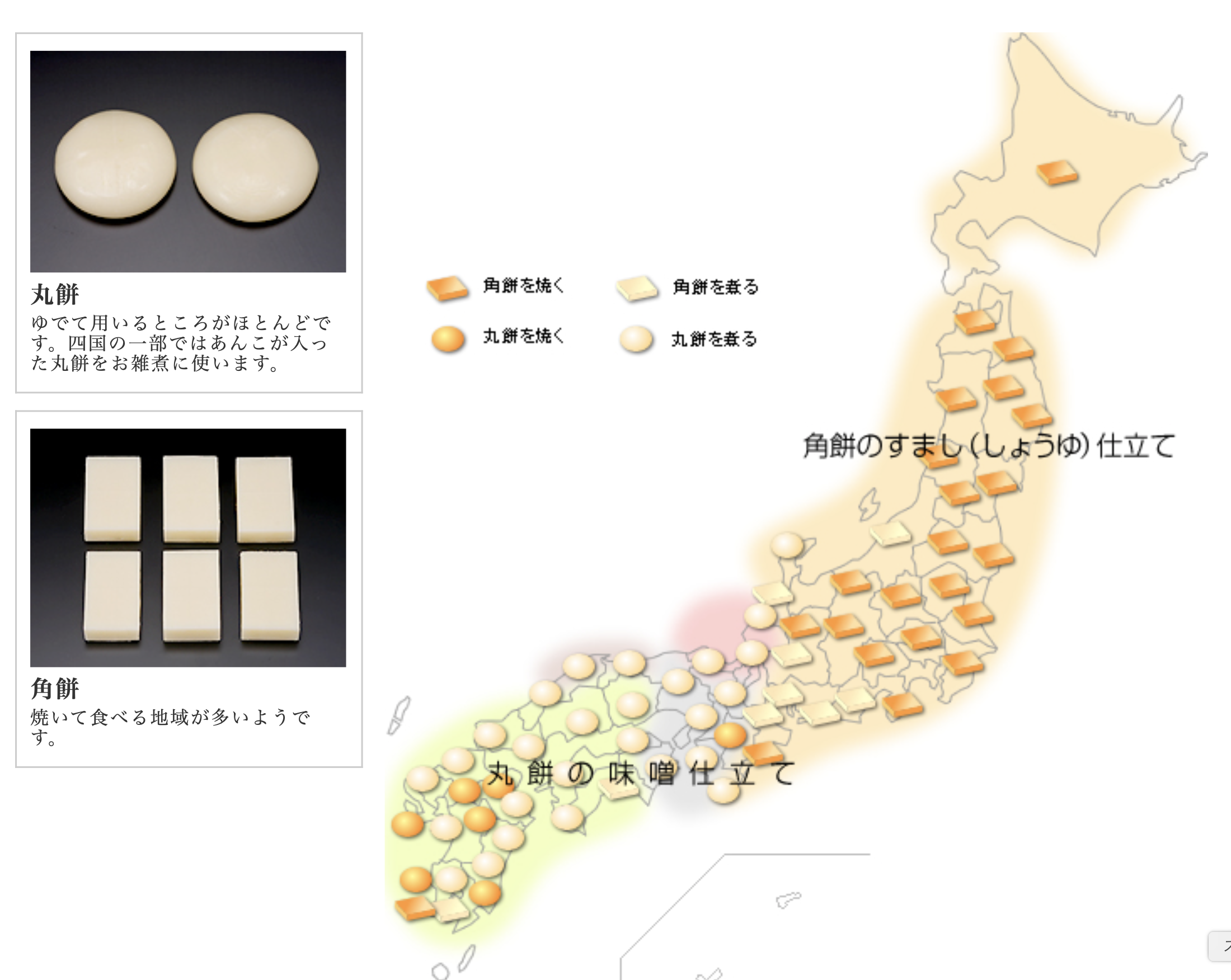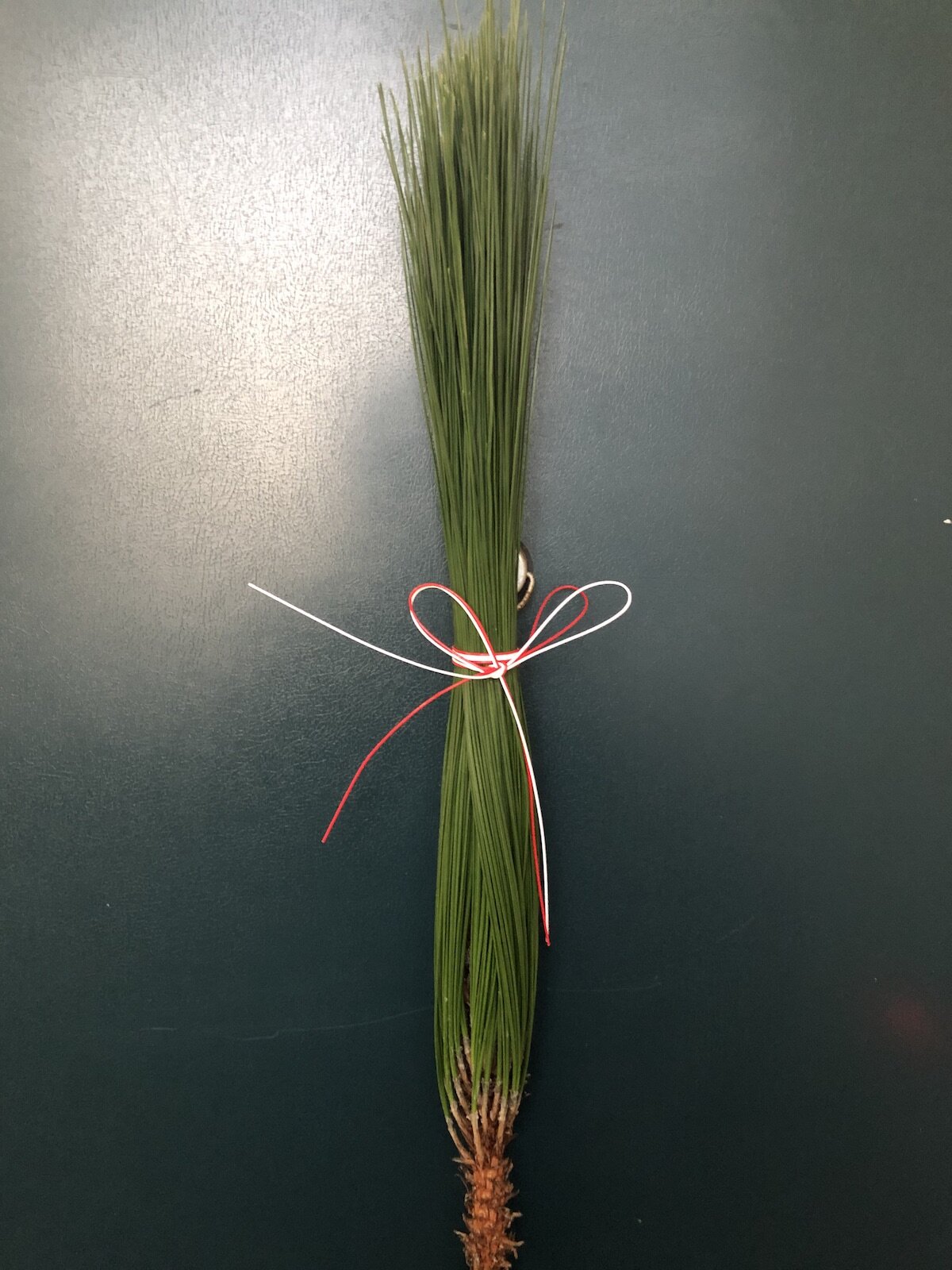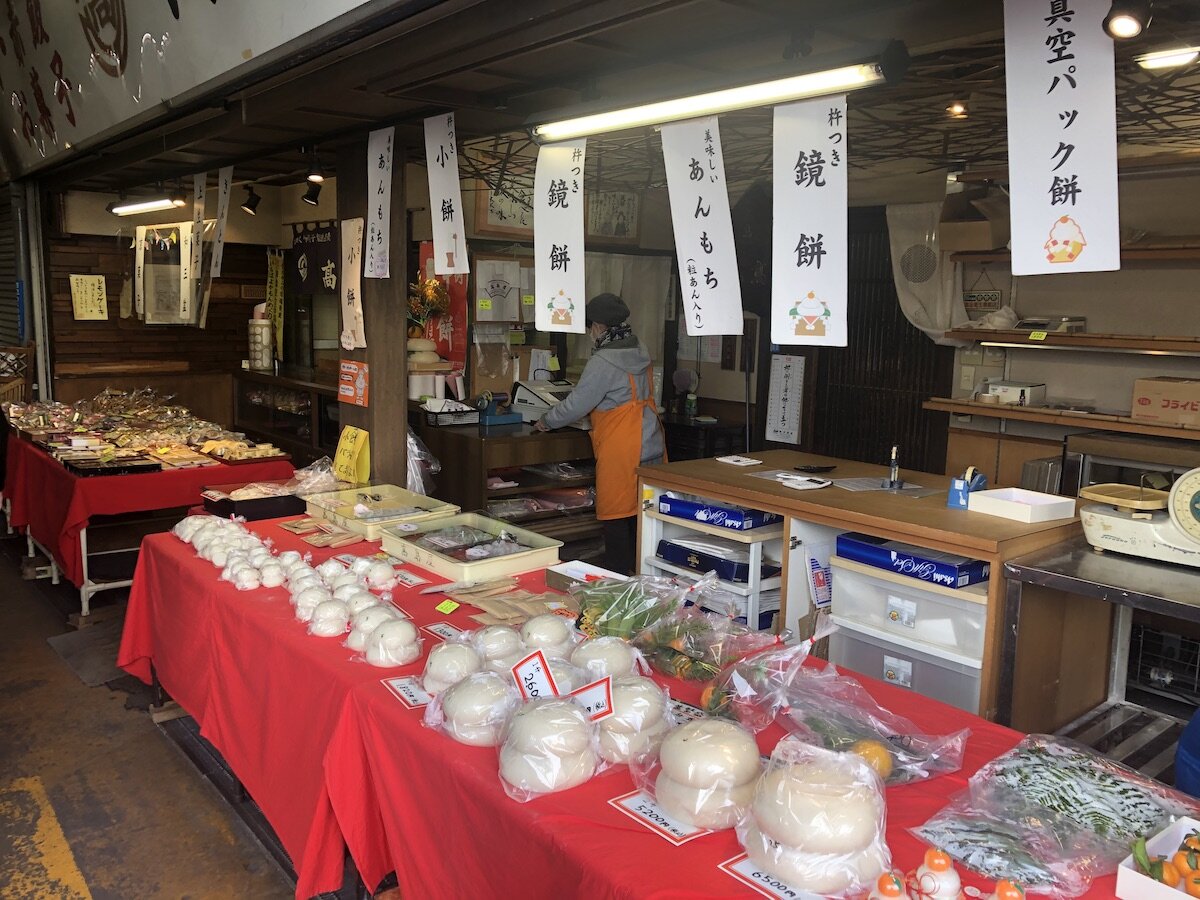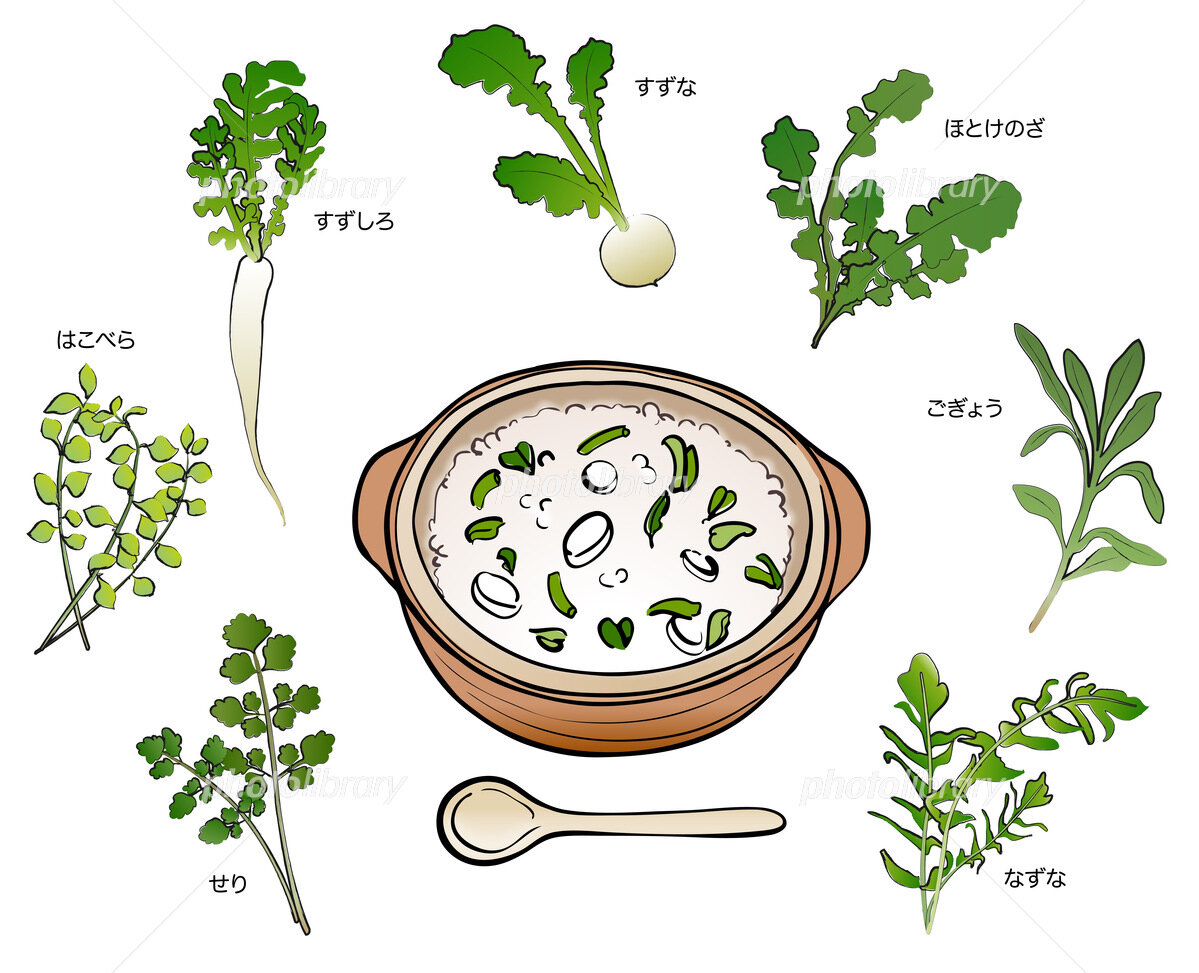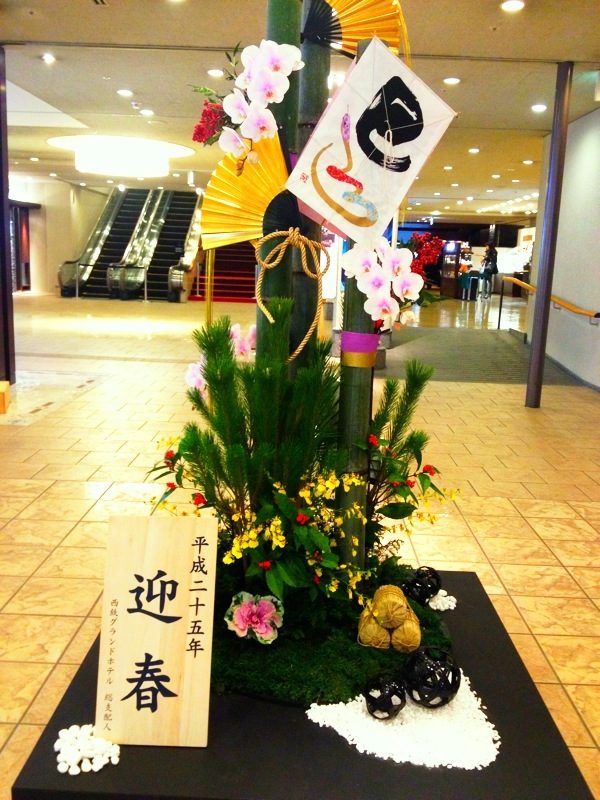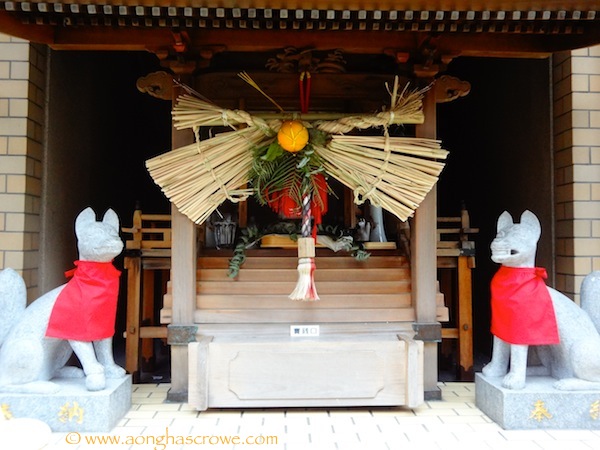Because my sons’ kindergarten is Buddhist, there are no Christmas decorations or Christmas-related events. None whatsoever.
(No worries there as we already do plenty at home.)
The kindergarten does, however, hold New Year’s related events, such as “mochi-tsuki”.
What’s “moji-zugi”, you ask?
Mochi-tsuki (moh-chee-tsoo-kee) is the making of mochi (rice cake) by pounding steamed sticky rice (もち米, mochi kome) with large wooden hammers for God knows how long. It is in the words of the esteemed Mr. Wiki very “labor intensive”. I think the only thing that we have remotely similar to mochi-tsuki in the US is handmade ice cream.
Now the thing with handmade ice cream is that your effort is rewarded with something that tastes pretty damn good. Mochi, on the other hand, is rather bland. Mixed with sweet beans or covered with syrup, it can be rather nice. But, again, alone it’s so hopelessly boring, it makes you wonder why people go to all the trouble.
My son has already left for school. He asked me to go, too, but as only the fathers of third-year students can attend—damn—I have been spared the forced labor demanded of tradition.
This evening I will be taking my boys to see the Christmas lights in Kego Park and ride the kiddie “Polar Express” train.
There are only five more days till Christmas. For some reason or another, this holiday season has just whizzed by. Last year, I couldn’t wait for it to be over. This year, though, . . .
I think it’s the realization that Christmas with young boys who believe all the stories of Santa Claus, no matter how far-fetched or contradictory, won’t last forever. We’ve got perhaps five or six more years of the season’s magic. And then? Well, we will just have to find a new way to enjoy the holiday. Perhaps with a mochi-tsuki party.

